Master Huynh Dong - Lecturer at Quang Nam University, member of the Vietnam Historical Science Association sent Van Hoa an article with interesting research and discoveries revolving around the connection between the Chua Cau relic complex and this talisman stele.
Japanese Covered Bridge to Stone Stele - Cultural Relic and Legend
This talisman stele is located under an ancient banyan tree on Phan Chau Trinh Street, about 100m north of Hoi An Bridge Pagoda. It is called a talisman stele because it is a stone stele, on which is engraved a talisman or a divine talisman. The talisman stele was discovered by researchers at the French School of the Far East. So what is the relationship between the stele and the Hoi An Bridge Pagoda?

Inside the Japanese Covered Bridge relic before restoration
When mentioning the Japanese Covered Bridge, it seems that every Hoi An person remembers the legend of the long-standing friendly relationship between the distant land of Phù Tang and the land of Đặng Trong of the Nguyen lords since the 16th century; remembers the love story of the Japanese merchant Araki and Princess Ngọc Hoa, the adopted daughter of Lord Nguyễn Phúc Nguyên (1563-1635).
And remember the legend of a very large sea monster (Linh Cu), deep underground; head in India, back in Vietnam, tail in Japan, every time the Linh Cu is uncomfortable, moves, or wags its tail, Japan has an earthquake, tsunami...

The Japanese Covered Bridge relic after restoration
Those stories have woven the legend about the birth of Hoi An Bridge Pagoda - (it is said) Hoi An Bridge Pagoda is a place to worship the Northern Emperor Tran Vu, looking like a sword of Northern Emperor Tran Vu stuck deep into the back of a sea monster to suppress it from moving and causing trouble for the world.
If we only look at the part of the Japanese Covered Bridge that is above the water from afar, we can see that the Japanese Covered Bridge looks like the hilt of a sword stuck deep into the ground. However, when we read the restoration inscriptions, parallel sentences, and horizontal lacquered boards of the Japanese Covered Bridge, we cannot find any signs of this suppression.

Tourists learn about the banyan tree where there is a talisman stele under the ancient banyan tree.
The stele and Hoi An's Japanese Covered Bridge are two relics located far apart, not in the same complex. Is there any relationship between the two?
Did the Japanese Covered Bridge predate the stele or date from the same period? What is the significance of each of these relics? And what is their relationship to the psychological structure and cultural beliefs and spirituality of the local residents and foreigners residing in the ancient trading port of Hoi An during this period? Answering and understanding these questions is indeed an interesting thing.
Amulet Stele - Description and Analysis
The stele is a stone slab measuring about 0.5m x 1.0m. It does not have a year inscription. On the left of the stele is a drawing of the Big Dipper constellation, the brightest constellation in the Big Dipper constellation (North), which has 7 stars: Thien Xu (Tham Lang); Thien Tuyen (Cu Mon); Thien Co (Loc Ton); Thien Quyen (Van Khuc); Ngoc Hoanh/Thien Hanh (Liem Trinh); Khai Duong (Vu Khuc); Dao Quang (Pha Quan).
In the middle of the stele is a large line of Chinese characters: The Northern Emperor decreed the establishment of this point to resist storms and block the raging waters.
On the right is the mantra of Tantric Buddhism: translated into Chinese: An Mani Padme Hum - The roar that scares the demons (This mantra is very popular). At the bottom, the stele has three Chinese characters "Thai Nhac Son".

The stone stele is placed inside a small shrine, located in the heart of an ancient banyan tree that has been listed in the List of protected ancient trees by Hoi An City.
The very small talisman stele is hidden under an ancient banyan tree. Researchers at the Far Eastern Archaeological Institute have collected and stored a copy of it. There is no explanation for the relationship between the talisman stele and Hoi An's Covered Bridge.
So what do the content and the talisman drawings on the stele say about its relationship with Hoi An's Covered Bridge, about the spiritual concepts and cultural beliefs of the native Vietnamese residents and the Chinese and Japanese foreigners in ancient Hoi An?

Image of the talisman before it was vandalized
According to legend, during the flood season in the north of Hoi An, many whirlpools flowed down a small creek into the Thu Bon River, causing erosion on both banks of the Chinese and Japanese streets, as if a water monster (Linh Cu) or a dragon was causing trouble and affecting trade between the two banks, so a bridge had to be built, a dike had to be built on the bank, and a spiritual measure had to be taken to suppress the water monster.
The stele and its contents include mysterious drawings of spells; the decree of the Northern Emperor and a mantra of Esoteric Buddhism using the power of the earth element to overcome the water element, and drawings of Taoist talismans to suppress demons.
On the talismans are written words about the five elements such as wood, fire, earth (wood creates fire, fire creates earth, earth overcomes water, the words sun, moon, star indicate the phenomena of rain and wind...).
The talisman stele is a cultural phenomenon that needs to be studied. When people do not know the origin of a cultural phenomenon, a historical relic, a custom, etc., a legend, a legend, a fairy tale is born to explain it. The legend of Hoi An Bridge Pagoda and the sword that exorcised the water monster Linh Cu of the Northern Emperor Tran Vu is no exception.
By what scientific method do people know that the huge Linh Cu lies across three countries: India, Vietnam, and Japan?
Or that is the explanation for the reason for building a bridge across the canal between Minh Huong Street, Hoi An - Cam Pho and erecting a talisman stele on a mound of land at the head of a small stream at the water gate of the large lakes northwest of the Japanese Covered Bridge, which is also the place where the most Cham (Indian), Japanese, and Chinese merchants are concentrated to do business with the local Vietnamese community.
The northwest of Hoi An ancient town is a low-lying area with many lakes and marshes. Water from high places flows into these low-lying areas and then flows along the stream to Hoi An River. Therefore, the traffic and trade between Minh Huong and Cam Pho are separated by this stream. Trade from Cam Pho, Dien Ban, Duy Xuyen, Tra My, Phuoc Son wharves... to the port city of Hoi An faces many obstacles.
So that is the reason for building Hoi An Bridge Pagoda, Lai Vien Kieu (Bridge for travelers, to travel and trade). That is the main purpose for building the Bridge Pagoda. From the beginning, the Bridge Pagoda was not built for the purpose of warding off the water monster Linh Cu.
The stele on the hill on the northwest bank of the stream and the shrine of the Northern Emperor Tran Vu were two constructions built after the Bridge Pagoda was completed. This also explains why the ancients started building the Bridge Pagoda from the west, on the Cam Pho bank first because that was the place where stone and wood materials were gathered and transported more conveniently.
The bridge was started to be built from the beginning of the year of the Monkey and completed at the end of the year of the Dog. Looking at the direction of the two pairs of monkey and dog mascots placed at the two ends of the bridge, we can easily understand that.

The act of vandalism and erasure of traces on the talisman stele has angered people. At this time, the authorities are still investigating and there is no further information about the above vandalism.
The talisman stele is perhaps a spiritual scenario to resolve the legendary story of the Linh Cu sea monster, to reassure the mind, and also a way to explain the reason for the suppression to the local people and officials (the ancients were very afraid of feng shui and suppression).
It is completely consistent with the legend of the Northern Emperor Tran Vu - the god who governs the North Pole constellation, ruling the North. He is a Taoist god, also managing aquatic species, accompanied by two generals, Quy and Xa (turtle, snake) and Ngu Long Than Tuong, symbolizing longevity and supernatural power.
It is also suitable in our interpretation of Hoi An, a bustling international trading port since the 16th century, a place where many cultures in the world converged and exchanged, receiving. Especially talking about the issue of the Three Religions of the same origin: Buddhism, Taoism, and Confucianism, which were unified in the beliefs of the ancient Vietnamese.
Through the issues presented above, we can perceive a very rich life of Hoi An people. Not only is it a civilized stage in the process of socio-economic development, but it is also rich in cultural and spiritual life.
Source: https://baovanhoa.vn/van-hoa/giai-ma-tam-bia-bua-o-hoi-an-126819.html


![[Photo] Prime Minister Pham Minh Chinh meets to prepare for negotiations with the United States](https://vphoto.vietnam.vn/thumb/1200x675/vietnam/resource/IMAGE/2025/4/29/76e3106b9a114f37a2905bc41df55f48)
![[Photo] Nghe An: Bustling atmosphere celebrating the 50th anniversary of Southern Liberation and National Reunification Day](https://vphoto.vietnam.vn/thumb/1200x675/vietnam/resource/IMAGE/2025/4/29/64f2981da7bb4b0eb1940aa64034e6a7)
![[Photo] Ho Chi Minh City: People are willing to stay up all night to watch the parade](https://vphoto.vietnam.vn/thumb/1200x675/vietnam/resource/IMAGE/2025/4/29/cf71fdfd4d814022ac35377a7f34dfd1)
![[Photo] General Secretary attends special art program "Spring of Unification"](https://vphoto.vietnam.vn/thumb/1200x675/vietnam/resource/IMAGE/2025/4/29/e90c8902ae5c4958b79e26b20700a980)
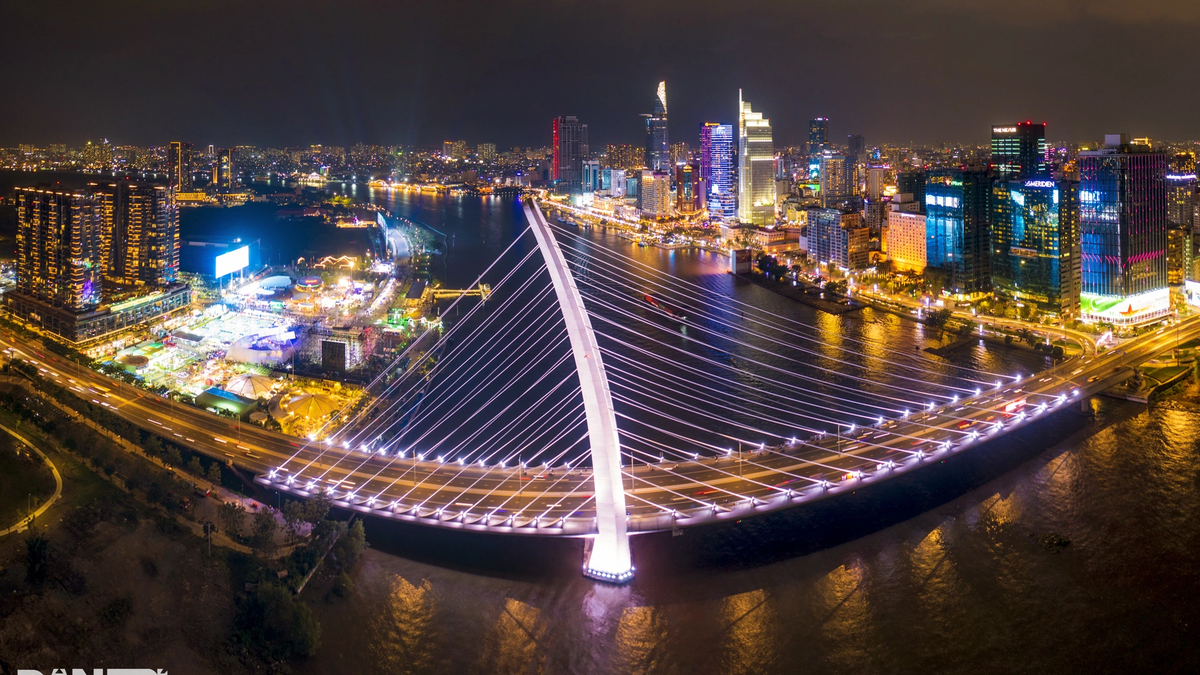
![[Photo] Hanoi is brightly decorated to celebrate the 50th anniversary of National Reunification Day](https://vphoto.vietnam.vn/thumb/1200x675/vietnam/resource/IMAGE/2025/4/29/ad75eff9e4e14ac2af4e6636843a6b53)


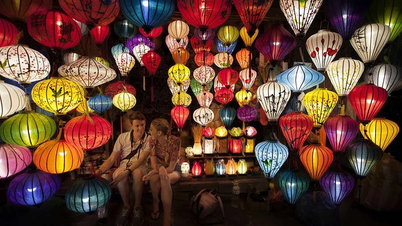

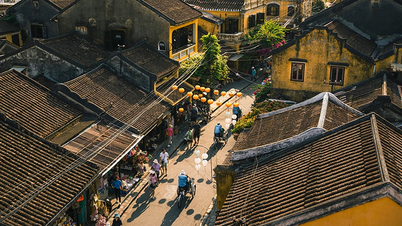



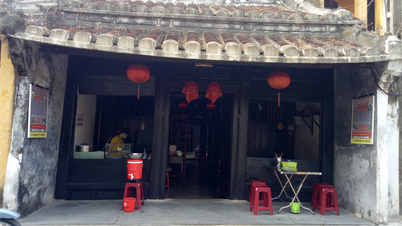

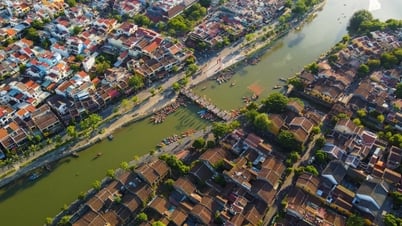












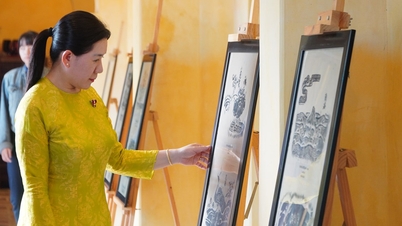


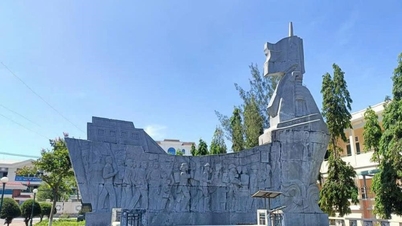
![[Photo] People choose places to watch the parade from noon on April 29](https://vphoto.vietnam.vn/thumb/1200x675/vietnam/resource/IMAGE/2025/4/29/3f7525d7a7154d839ff9154db2ecbb1b)






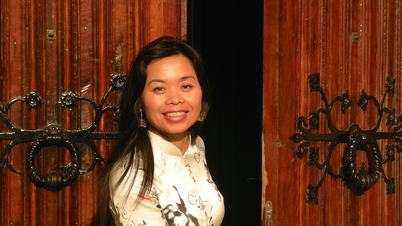


















































Comment (0)